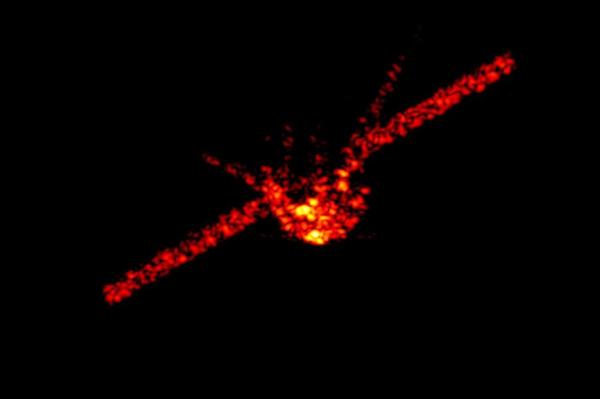
April 4 (UPI) — The recent crash of a Chinese space station is not hampering Chinese space development plans, according to Beijing’s state media.
China’s prototype space station Tiangong-1 fell out of orbit and burned up in skies over the southern Pacific on Sunday, but China is forging ahead with a new standalone space station.
The plan is to have the space station in operation after 2024, and the team working on the space station is relatively young — their average age is 35.
A core module of the space station that functions as habitat technology for astronauts is also receiving much public attention.
China’s state-owned CCTV reported the core module is being tested at a production base in Tianjin’s “space city.” Footage of the interior of the module was aired, according to South Korean news agency Yonhap on Wednesday.
Zhang Hao, a designer of the space station, said the main control compartment in the module helps to control flight, and regulate the power and life support system of the entire station.
There is also workspace for astronauts to conduct experiments, Zhang said.
Robotic technology will also assist with “installing or dismantling equipment within the station,” said Jiao Weixin, a scientist at Peking University.
“It is possible that China’s space station will be the only working station after 2024 when [the International Space Station] is expected to retire and China will take a dominant position in conducting space experiments,” Jiao said.
U.S. Strategic Command’s Joint Force Space Component Command detected the Tiangong-1 on Sunday.
“The JFSCC used the Space Surveillance Network sensors and their orbital analysis system to confirm Tiangong-1’s re-entry” or fall, the U.S. Air Force said in statement on Monday.






